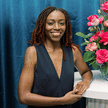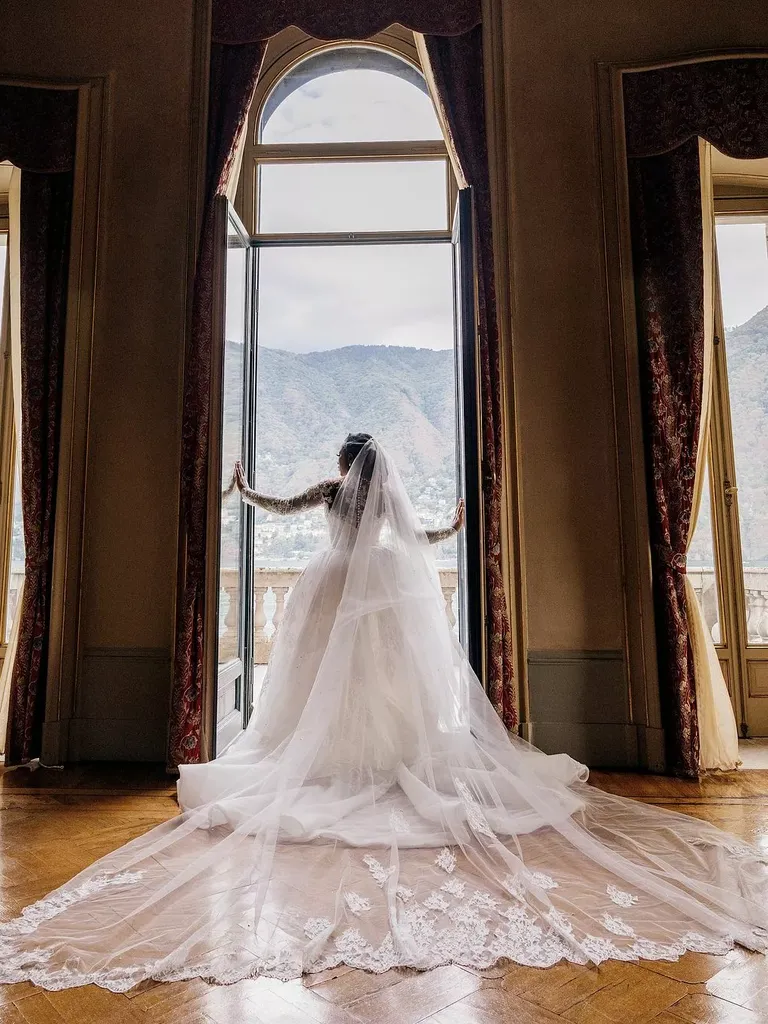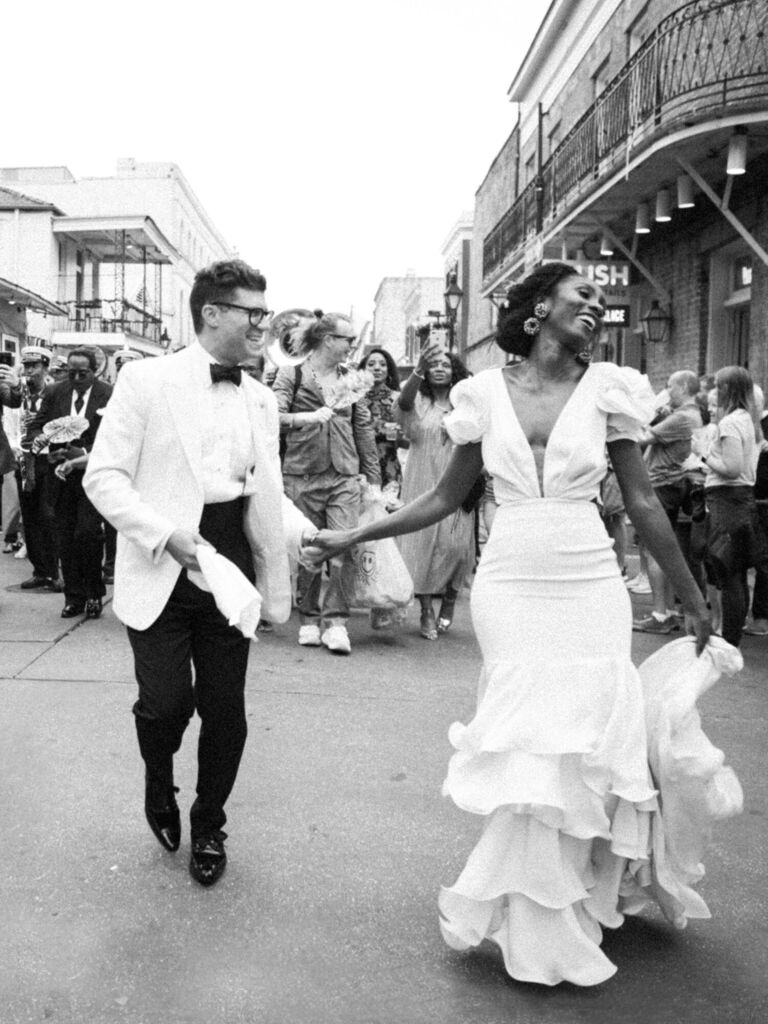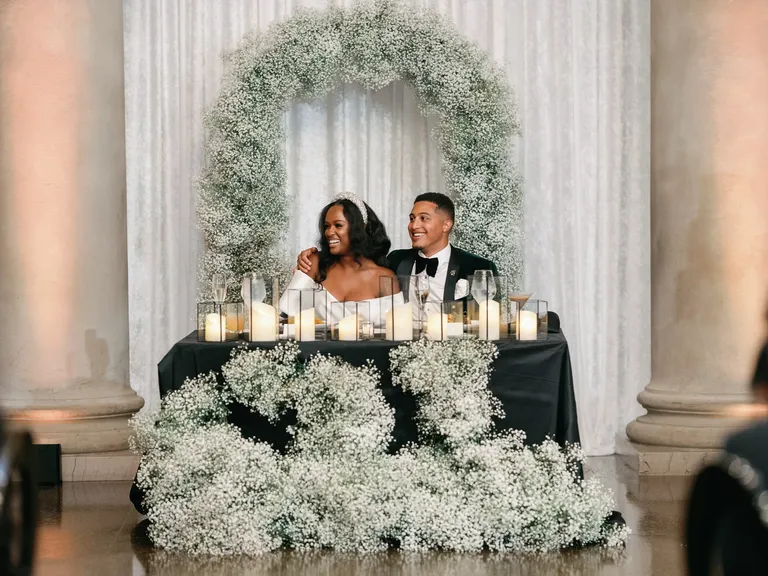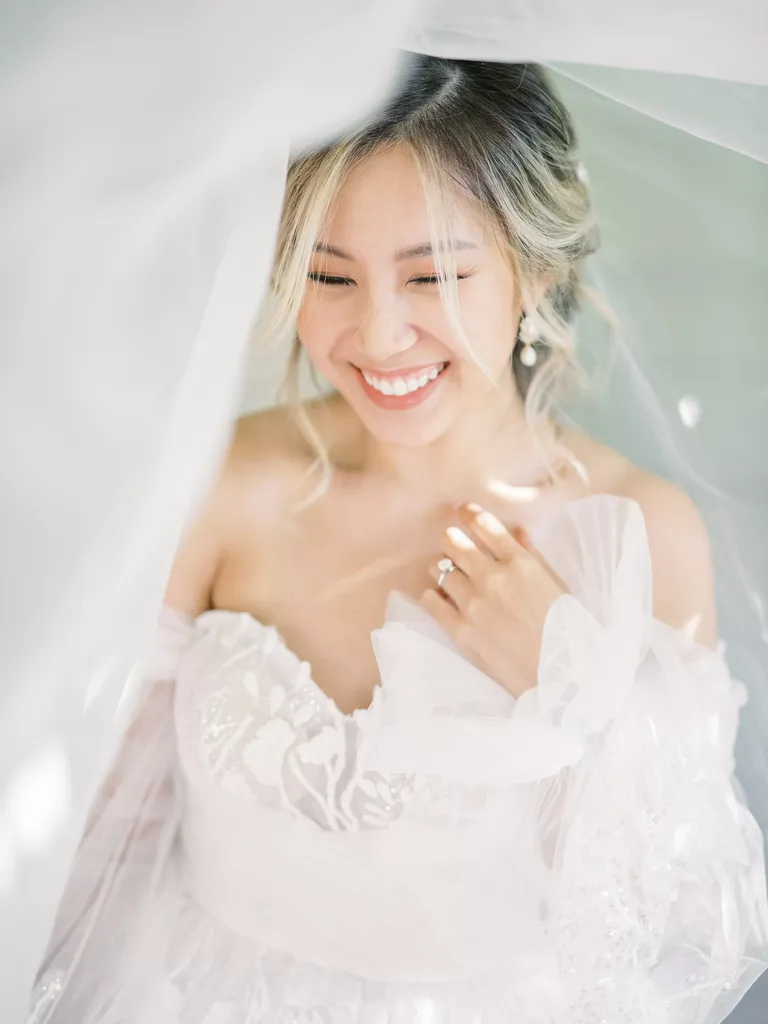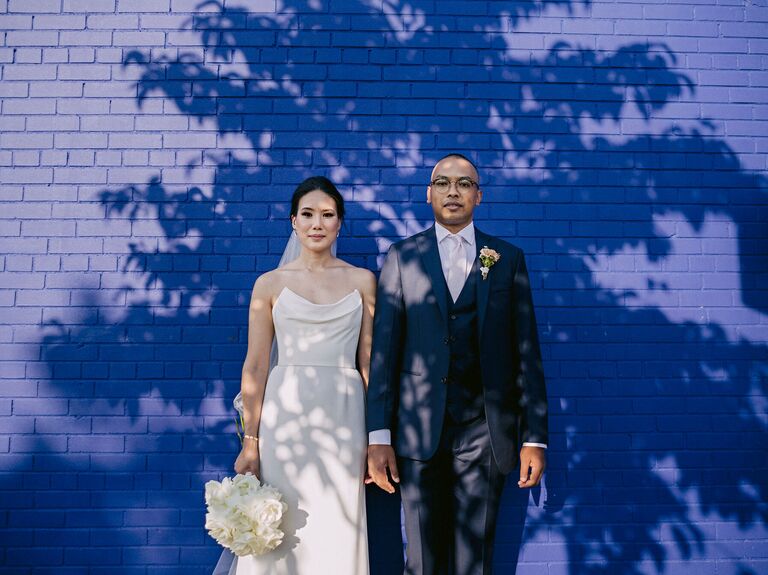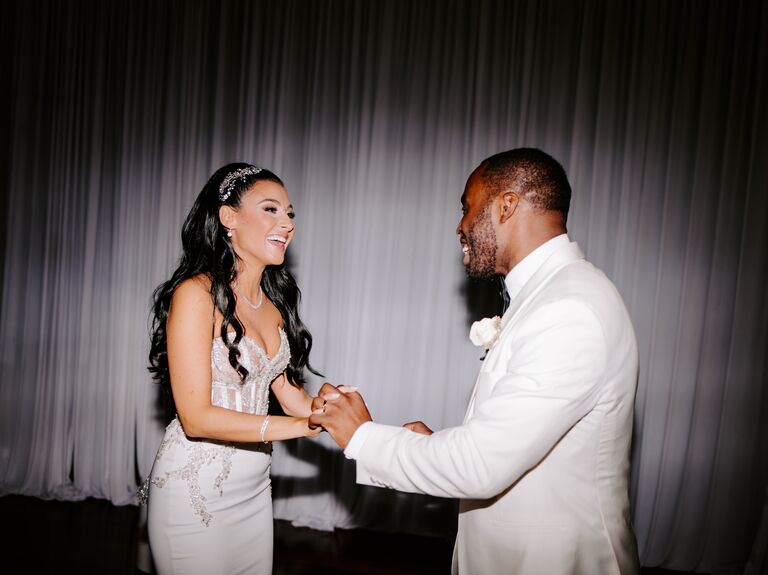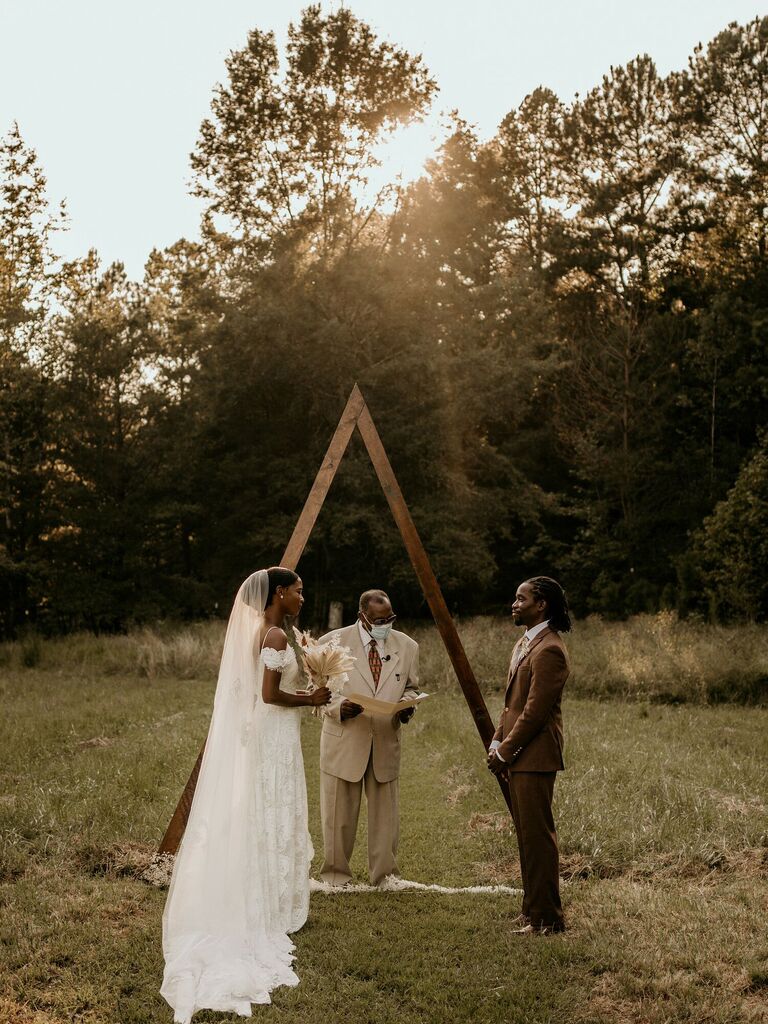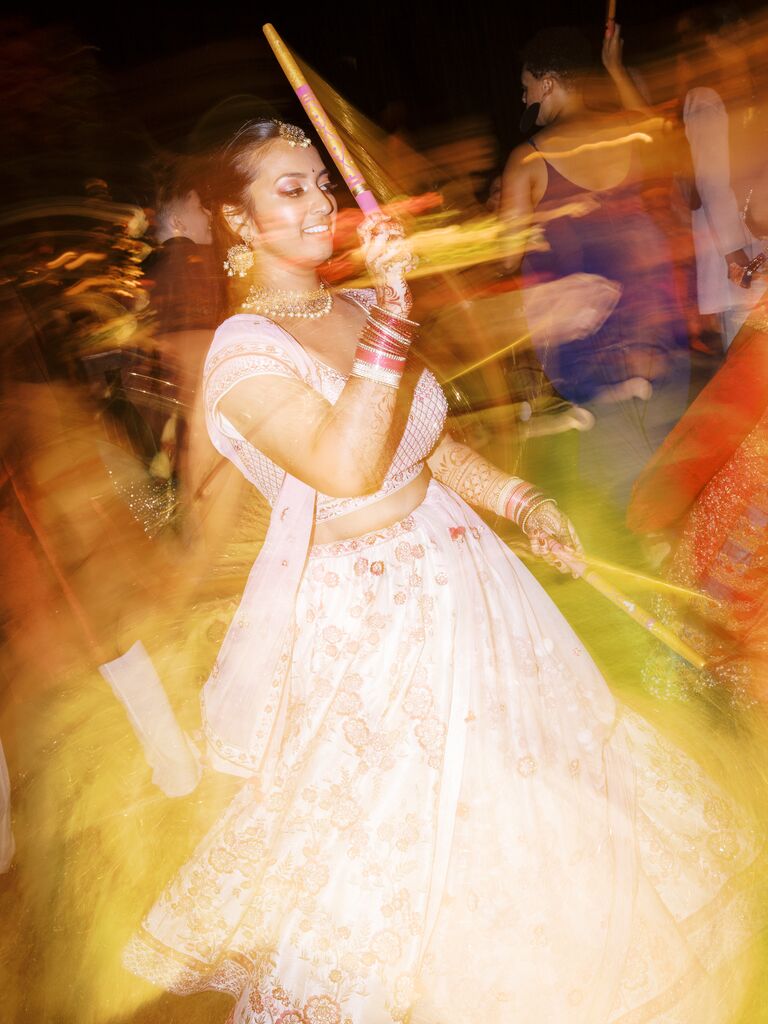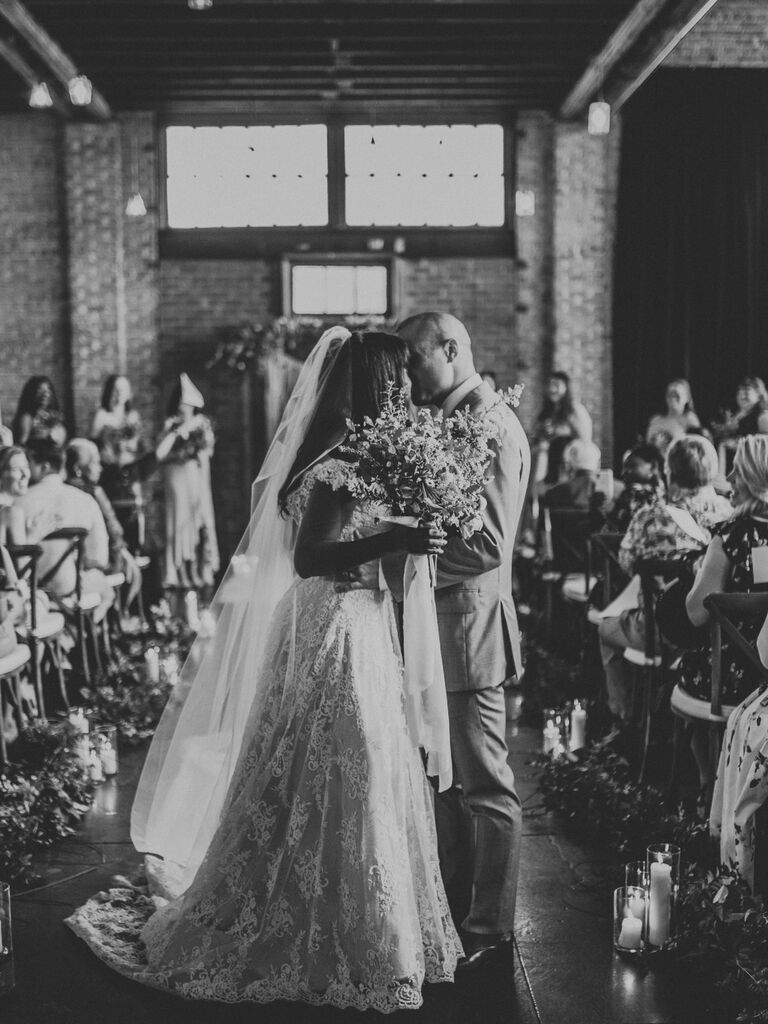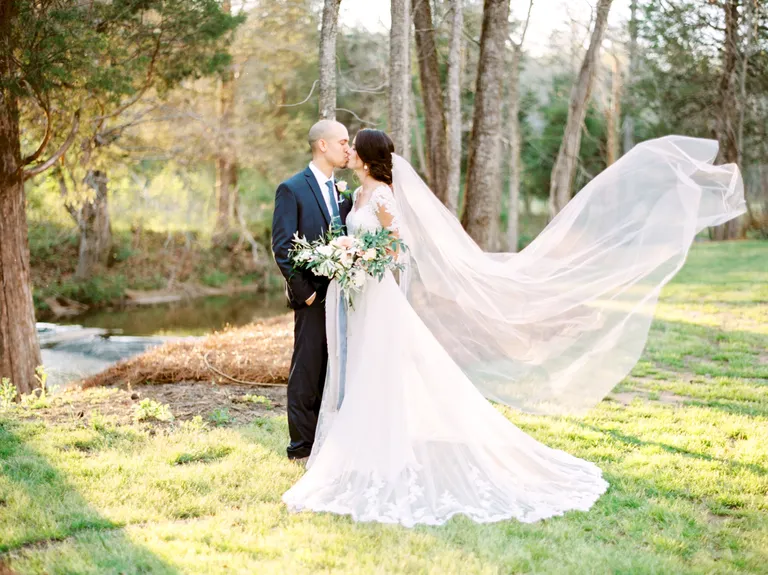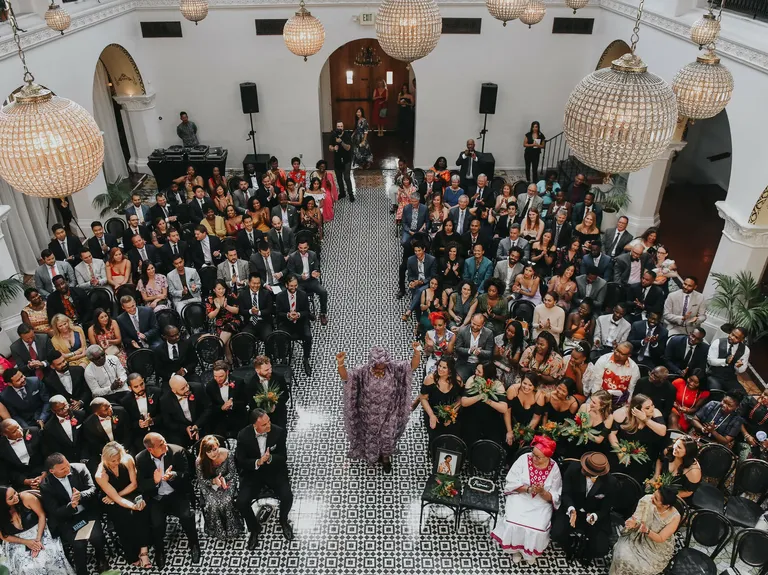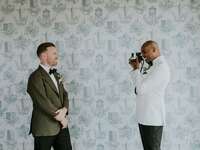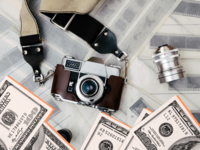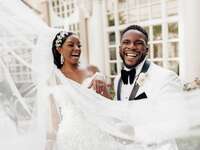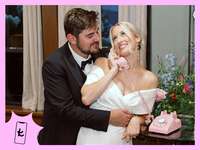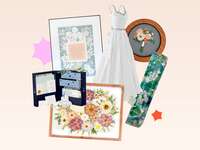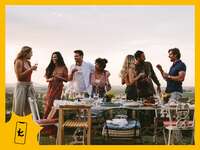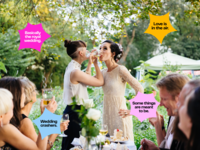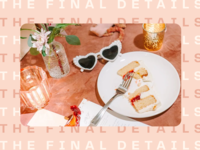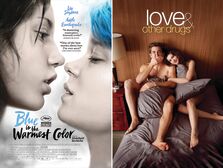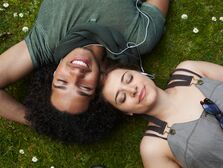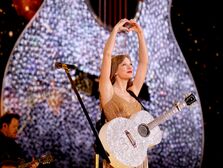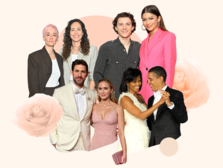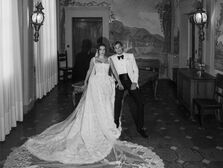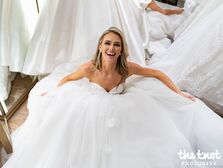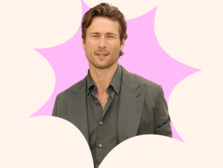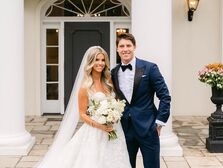The 11 Wedding Photography Styles Every Engaged Couple Needs to Know
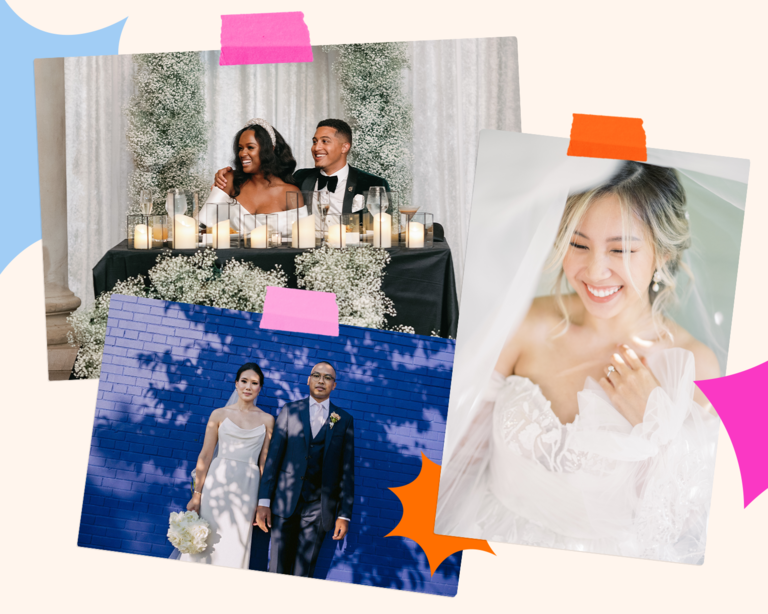
Every couple has different style preferences—from color schemes to wedding themes, but one of the biggest decisions you'll make is which wedding photography style to use to capture your big day. Whether you're drawn toward dark and moody pictures or bright fine art shots, there's a style for every couple. Plus, deciding on your wedding photography style can help you choose your wedding photographer (which you can find on The Knot Vendor Marketplace) since every pro specializes in a different aesthetic. Wedding photography defines how you and your loved ones view your special day for years to come, so you and your partner need to choose a photographer who represents their desired wedding photography style.
But if you're unsure about what different wedding photography styles are out there, I've rounded up the most popular and new styles to help you decide. Read all about them below, so you can know what you want from your photographer and set the right expectations.
In this article:
Editorial | Photojournalistic/Documentary | Traditional | Fine Art | Lifestyle | Flash | Dark and Moody | Blurred | Vintage | Film | Aerial
1. Editorial-Style Wedding Photography
Think of this style as your own magazine photoshoot. "Editorial photographers are the most technical of the wedding photography society," Moesia Davis, fine art photographer and owner of Mo Davis Photography says. "The focus is more on lighting and posing. The process is completely different from the photojournalistic style, for example, because the photographers are more hands-on and the environment is more controlled," Davis, with 15 years of photography experience, adds. If you want your wedding album to look straight out of The Knot Magazine, editorial wedding photos are for you.
2. Photojournalistic/Documentary-Style Wedding Photography
Rather than posed shots, photojournalistic-style wedding photography captures candid moments or spontaneous pictures of people, decor and action. (Think: You laughing with your partner during the first dance or your best friend wiping away a tear during a toast.) Also known as documentary-style wedding photography, these types of wedding photos are all about those special, in-between instances. "The style reminds me of a National Geographic photographer," Davis says. "The story is told through photos by focusing less on capturing the perfect technical photo but more on capturing the moments that contribute to the 'mood' of the wedding day."
Even though nothing is staged, pros who take photojournalism-style wedding photography work to show everything in the best light. "I choose angles and backgrounds that make everything look its best," says Charlotte Jenks Lewis, a film photographer with over 20 years in the industry. A tip that Lewis wants every to-be-wed to know: Look for intimate areas instead of wide open spaces for group portraits. "You get more interactions with everyone, and you'll create better moments," Lewis says.
3. Traditional Wedding Photography Style
Like the ones in your grandparents or parents' wedding album, classic images stand the test of time. They're striking, gorgeous and a bit formal. This type of wedding photography reflects reality but is infused with the shooter's artistic license. They generally include arranged shots, like family portraits. "As a photographer, you're always waiting, watching and thinking, what can I create out of ordinary moments," says Genya O'Neall, a photography expert and styled photographer. "When things happen naturally, it's the best."
And don't be afraid to ask your wedding photographer to take pictures of the simple moments. "It's a photographer's job to turn your ordinary into beautiful," says O'Neall. "If you like a classic look, let them know you'd love a modern take on the shots you've seen for years."
4. Fine Art Wedding Photography Style
Wondering what the difference between editorial and fine art wedding photography is? Fine art is similar to the editorial wedding photo style but has a slight twist. It's known for being light, bright and airy—perfect for your romantic celebration. It's generally softer and more delicate than magazine-style wedding photography. "The primary goal is to visually narrate a story with an artistic but selfless approach," Davis says. "The artist must remain authentic to the art but unwavering to the client's needs." This popular style plays well with bold, bright colors and pretty outdoor weddings (thanks to all that natural light). If you're dreaming of a soft, romantic wedding album, you should definitely look for a pro who specializes in fine art photography.
5. Lifestyle Wedding Photography Style
If full-on candid-style wedding photography sounds intimidating, consider lifestyle instead. It's a lovely middle ground between spontaneity and a styled photoshoot. "Lifestyle photography is photojournalism redefined," says Allan Zepeda, a photographer whose work has been in multiple top publications. "It's candid, yet done with some direction and styling—it has an approachable feel and a relaxed result." Zepeda believes a good photographer will look for these moments and help set the scene.
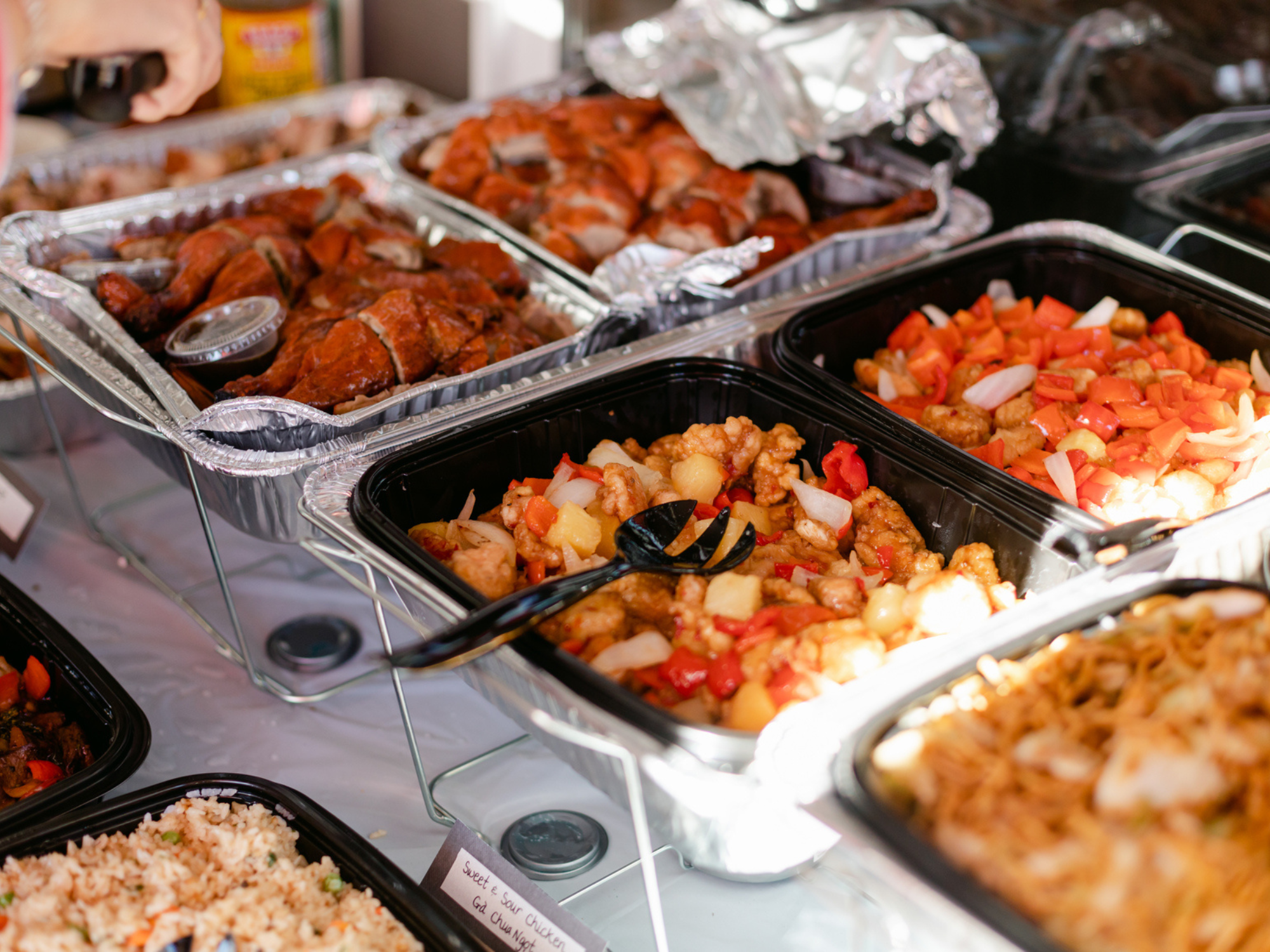
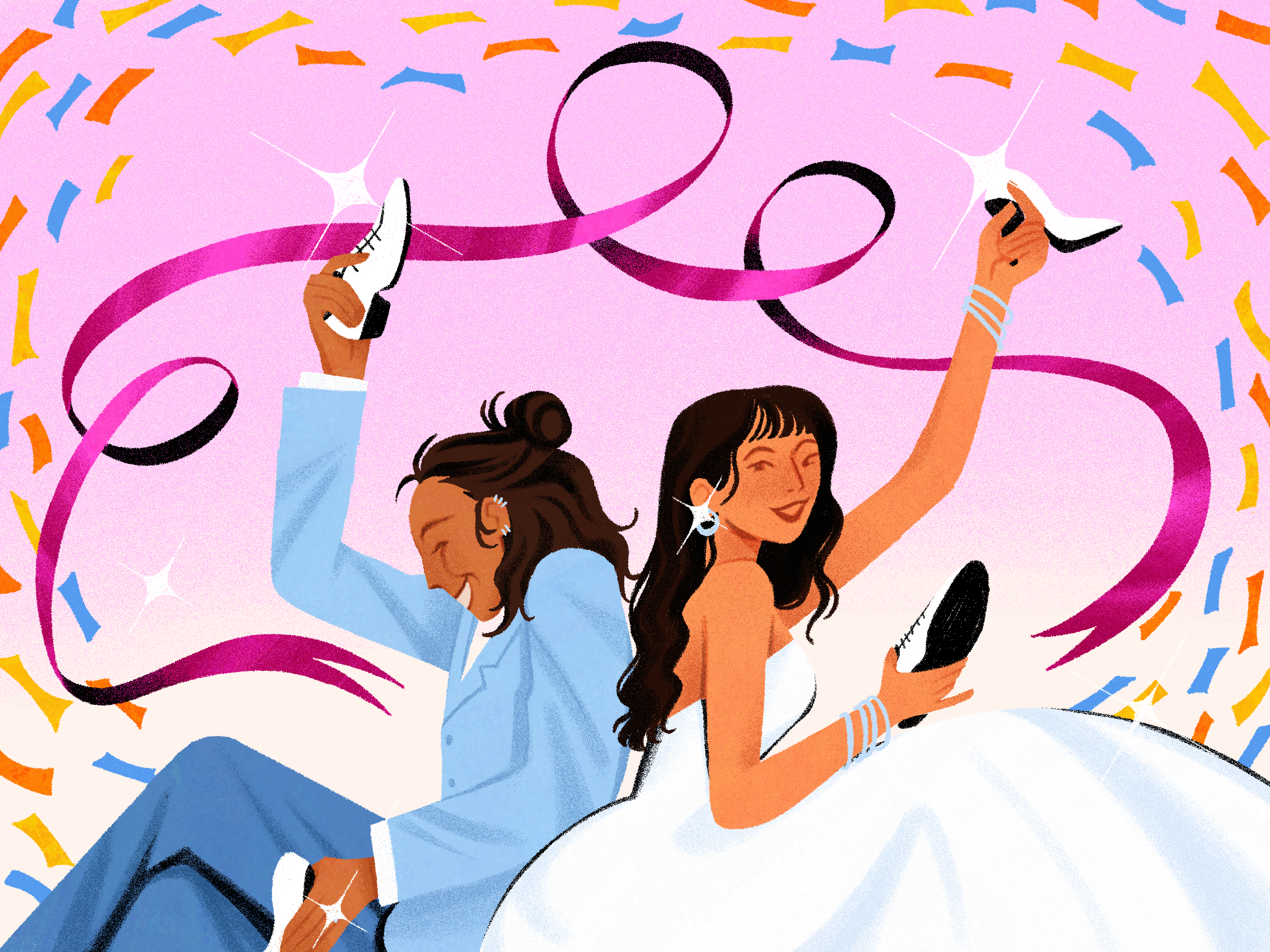
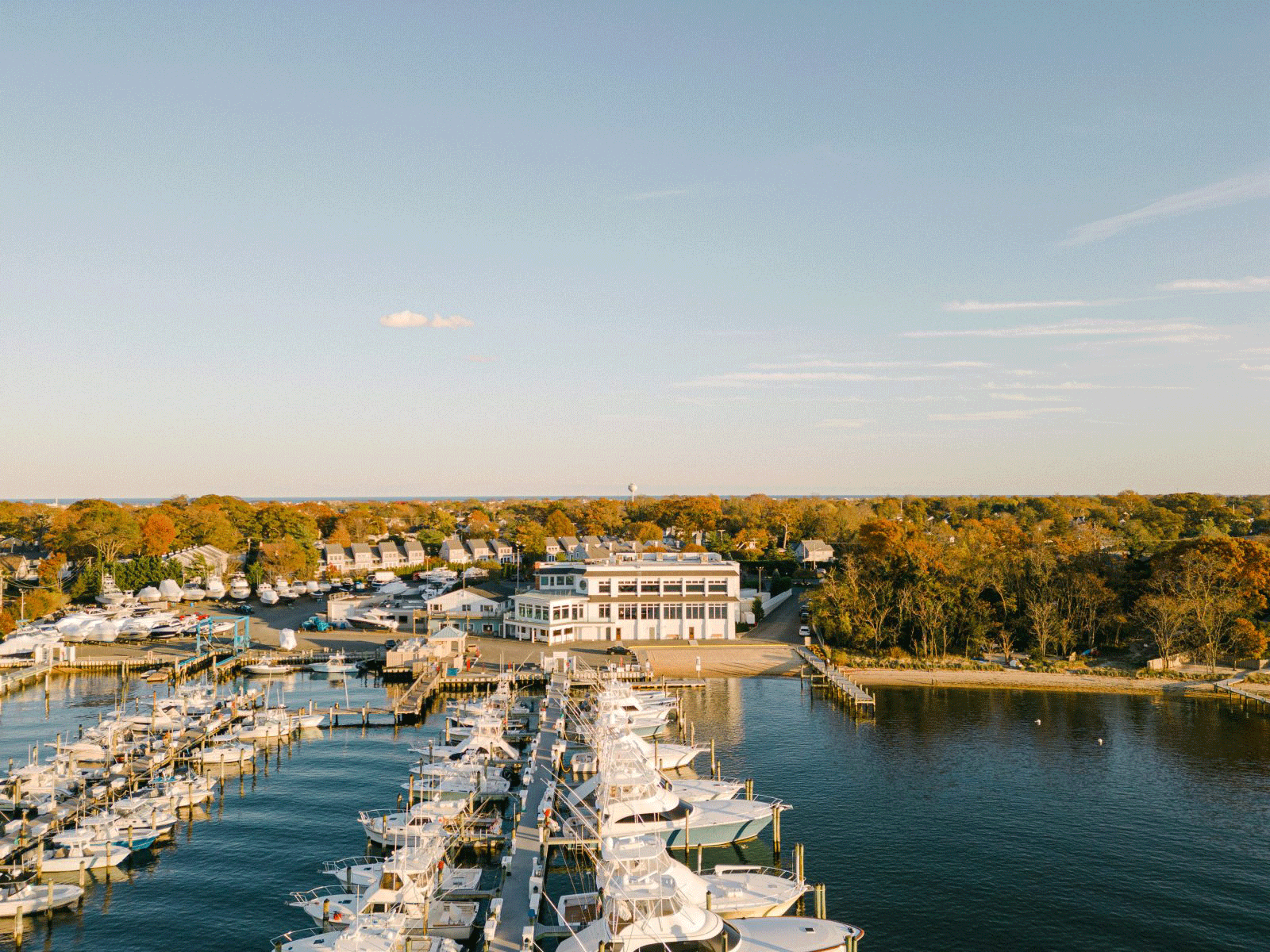
6. Wedding Flash Photography Style
This technically isn't a new style of wedding photography, but it has grown in popularity in recent years. Similar to journalistic-style wedding photography, direct flash photos are not posed and instead capture the couple in unrehearsed times, like singing to their favorite song on the dance floor or hugging their parents before their wedding exit.
There are two reasons why this style is trending. Your photos will stand out because the flash is directly pointed at the person or thing, making the image more sharp. Plus, this wedding photography style lets you live your celeb fantasies because, with direct flash, each photo feels and looks like the paparazzi took them
7. Dark and Moody Wedding Photography Style
I love the dark and moody style of wedding photography because it's similar to lifestyle but has a cool edge. There are two steps involved in achieving the dark and moody look. The wedding photographer has the subject stand in shadows or near harsh contrasting lines to create a dramatic effect. Then the images are altered in post-production to give them a more striking appearance by adding higher contrasts and richer colors. For to-be-weds hosting a boho, quirky or moody wedding, this style will perfectly complement your event's vibe.
Not sure what light versus dark wedding photography is? Light photos lean toward being more romantic and soft because of the lighter colors and muted tones. Dark wedding images seem more moving and sometimes haunting because of the deep shadows and intense colors.
8. Wedding Blurred Photography Style
Blurry is a new style of wedding photography that young couples love the most right now. Just like it sounds, these photos are intentionally blurry to give a natural and informal look to your wedding album. That doesn't mean each of your photos has to be blurred, but a few images with the style can add variety. To-be-weds favor this modern wedding photography style because it encourages movement, makes anyone looking at the image feel like they're there in the moment and strays away from the typical highly-edited wedding photos you usually see.
9. Vintage-Style Wedding Photography
This type of wedding photography style is more than sepia or black-and-white tones. If you're having a vintage wedding and want your photos to match, incorporate the theme into your attire and decor, so that the vintage vibe can show in the images. Usually, vintage photos you may see in an old photo album look very serious and posed, but you don't have to stick to tradition. Do a few arranged portraits, then feel free to add your own signature style to your vintage photoshoot.
10. Film-Style Wedding Photography
Film photography is making a big comeback in the wedding space, and even though it's trending now, it doesn't mean it's not timeless. Film was the main way people took photos until digital cameras took their shine in the 1990s, making images sharper. But I believe couples want their pictures to feel more authentic and less touched up, which is why they are leaning towards film photography. Film photos require a specific camera and have a limited number of frames, which means each shot has to be intentional––arguably making the images more special.
"Film has a better range, from highlights to shadows," says Braedon Flynn of Braedon Photography, a professional portrait and lifestyle photographer who shoots mostly on film. But film is more work and costs more money. In addition to purchasing rolls of film, processing and editing images take time. "My costs in film and processing are around $1,500 per wedding," Flynn says. "I wait to get photos back from our lab, and then I need to edit them, so there's about a four-week turnaround."
11. Wedding Aerial Photography Style
The aerial wedding photography style can be done in two different ways. The wedding photographer can go on the second floor of your venue or climb on a ladder for a bird's eye view, or they can use a drone (for outdoor weddings) to get the perfect shot. Aerials angles are great for capturing an expansive wedding venue, ceremony exits, group photos and much more. Ask your desired photographer if they have a drone add-on to their wedding package because if not, you may need to hire a separate professional who specializes in drone wedding photography.
